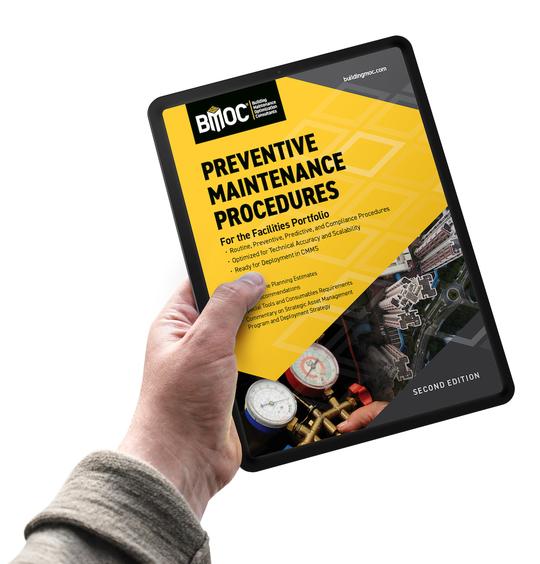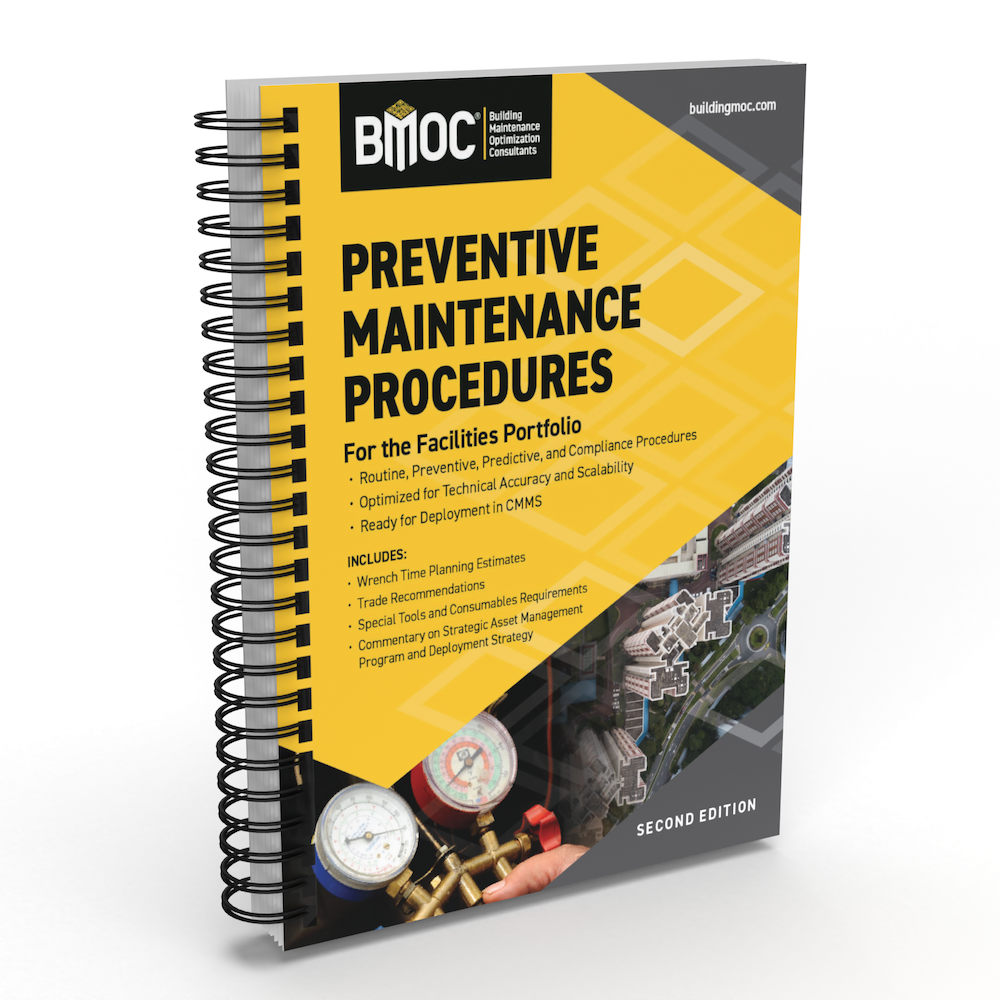A Table of Contents, for Starters
To start the discussion on how to change the industry practice of building and delivering O&M manuals, let's begin with the standard specification verbiage that addresses shop drawing submittal and the O&M manual. Tradition has it that the shop drawings will be submitted and, at some point in time, these submittals will be filed away. At some other date in the construction process, the O&M manual will begin to take shape as the trade contractor collects routine data on the following:
- Installation instructions;
- Operating instructions (of the equipment and not of the system it serves);
- Troubleshooting instructions;
- Maintenance instructions (although limited in details); and
- Warranty.
The final location of the shop drawing submittal will most likely not be the same resting place as the associated O&M manual. This is problem #1. Don't you think the standard contract specification could require the shop drawing submittal to be inserted in the associated O&M manual? After all, the equipment data (a.k.a. shop drawing) is the same equipment that the O&M manual is going to address in parts, repair, troubleshooting, etc.
Problem #2: Standard contract specifications do not require the O&M manual for the specific equipment to be submitted immediately following the shop drawing approval of the equipment. I think the specification should insert the following text, "Immediately following the acceptance of the equipment shop drawing, the equipment manufacturer shall submit the associated O&M documentation." Why wait until the project nears completion before the O&M manual begins to be an issue?
Next, the contract specification for the O&M manual requirements will not go into sufficient detail relative to maintenance tasking, frequency, special instructions, and time required to complete the work. In addition to my specification insert suggestion above, let's add another O&M documentation requirement: the data retrieval sheet. The data retrieval sheet is usually a two-page document that collects pertinent information for a facility manager to input into a CMMS system to assist in development of the preventive maintenance workorder system.
Last Minute is Less Effective
By following the suggested guidelines above, what the design team has done is contractually distribute the entire equipment data collection to the appropriate source: the equipment manufacturers. The requirement is further expedited by requiring this data to be collected and submitted immediately after the associated shop drawings have been accepted, and not at the end of construction. This gives the facility manager a nine- to 24-month head start on using the O&M manuals.Think about it! Why wait until the construction phase is being closed out? At the same time, why leave the data collection to be completed by the facility management group? When was the last time you saw a facility manager waiting around for something to do like populating a CMMS workorder system at the end of construction?
The art of building an O&M manual should produce a "user friendly" manual with the needed information that will seamlessly flow into a CMMS system. If you really believe the contract documents have always emphasized the requirement for O&M manuals, then consider this new idea as simply a time management method of building the O&M manual.
One last suggestion: When beginning the O&M manual at the start of the project, reach mutually agreement among the design, construction, and facility team members about what the table of contents is going to include. As the documents come in and the O&M manual is being built, you can check off the individual line items that make up the table of contents.ES



